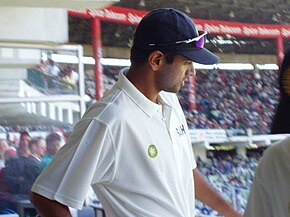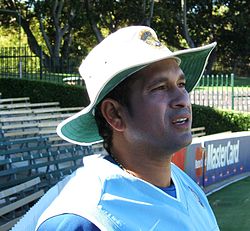Tennis
From Wikipedia, the free encyclopedia
The modern game of tennis originated in the United Kingdom in the late 19th century as "lawn tennis" which has heavy connections to various field/lawn games as well as to the ancient game of real tennis. After its creation, tennis spread throughout the upper-class English-speaking population before spreading around the world[1]. Tennis is an Olympic sport and is played at all levels of society at all ages. The sport can be played by anyone who can hold a racket, including people in wheelchairs. In the United States, there is a collegiate circuit organized by the National Collegiate Athletic Association.
The rules of tennis have changed very little since the 1890s. Two exceptions are that from 1908 to 1960 the server had to keep one foot on the ground at all times, and then the adoption of the tie-break in the 1970s. A recent addition to professional tennis has been the adoption of electronic review technology coupled with a point challenge system, which allows a player to challenge the line (or chair) umpire's call of a point.
Tennis enjoys millions of recreational players and is also a hugely popular worldwide spectator sport, especially the four Grand Slam tournaments (sometimes referred to as the "majors"): the Australian Open, the French Open, Wimbledon, and the US Open.





